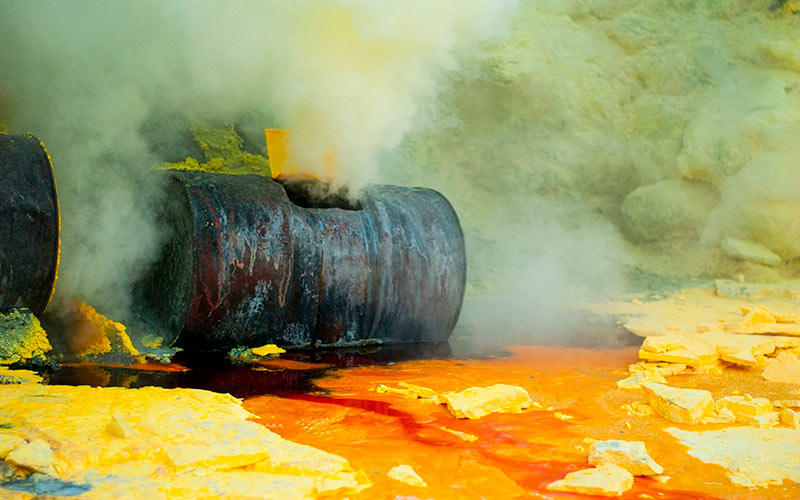FAQs about Air Pollution

3. What is the reason for acid rain?
Acid rain is called a phenomenon that occurs when the humidity of the air is combined with nitrogen oxides, sulfur dioxide or sulfur trioxide emitted by factories, power plants, heating boilers and vehicles that burn coal or petroleum products that contain sulfur. In interaction with rainwater, these gases form nitric acid and sulfuric acid. After a while these chemical substances return to the ground by means of precipitations, which are known as acid rain.
These masses of gases that cause acid rain, due to the wind, can travel distances of up to hundreds or thousands of kilometers before precipitating in the form of rain, snow, hail or mist. The main consequences of acid rain are the deterioration of the environment and the diseases of the population.




